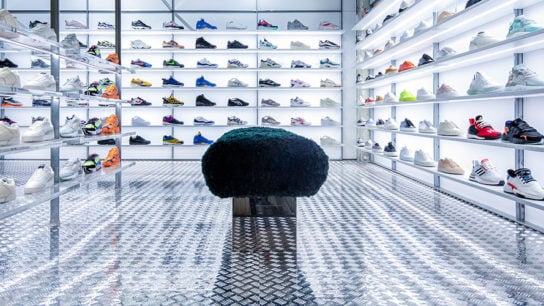Founding Director Jolanda van Zeeland of DesignAlign Ltd, explains why we need to understand the ‘what is’ before we understand the ‘why’ in design management.
In this first DesignAlign Insight I’ll be exploring exactly this and also presenting some scenarios onto which to contextualize design management under the category’s scenarios a little further down the line.
I first became acquainted with the role of ‘Design Manager’ when I was working on a large multi-use high-rise project as an Architect. The Client side of the team had employed a number of managers and coordinators, of which there were a number of Design Managers. What I observed was that they were both capable Project Managers, yet were able to apply in depth technical knowledge and background to economically driven decision making and co-ordination. Basically, figuring how to best accomplish design development within economical and time constraints.
What is design management?
Initially the difference between design management and project management wasn’t entirely clear to me. The clue lies in exactly the prefix to ‘management’. The first manages the project throughout (project manager) whilst the other manages the design process of the project (design manager).
My time working as an Architect had afforded me concrete experience within the built environment, coordinating projects involving input from a wide number of stakeholders, ranging from client R&D, to graphic designers, engineers, contractors (builders) and of course in house architectural teams of designers. It was exactly this type of exposure which opened up the possibility of specializing in design management as a role intended to pioneer the management of the design process, at times, within multidisciplinary design environments.
So, back to the phrase ‘To understand WHY of design management I needed to understand the WHAT IS’. After searching for a clear and concise description that might already be used to describe such a role and after first hand testing and experiencing, I concluded that it is not project management, neither is it purely design co-ordination. It is a role affording a set of skills that, in theory, could be adopted in a multitude of industries, be it in IT development, product development, advertising, interior design, architecture and the list goes on.
Design management is a role that takes into consideration design requirements and goals alongside business strategy. Simply put, design management is the art and science of empowering design to enhance collaboration and synergy between ‘design’ and ‘business’ to improve eventual design effectiveness.
My initial interest in the application of design management lay rested in a realm where architecture meets interiors and eventually also where interiors meet product and experience design and the many complex and rewarding relationships the role affords and develops.
In my next insight, I will further explore the various scenarios of the application of design management within the context of interior, architecture and experience design projects.
www.instagram.com/designalign
www.facebook.com/DesignAlign
Related Articles
7 Time Management Tools to Keep You on Track




